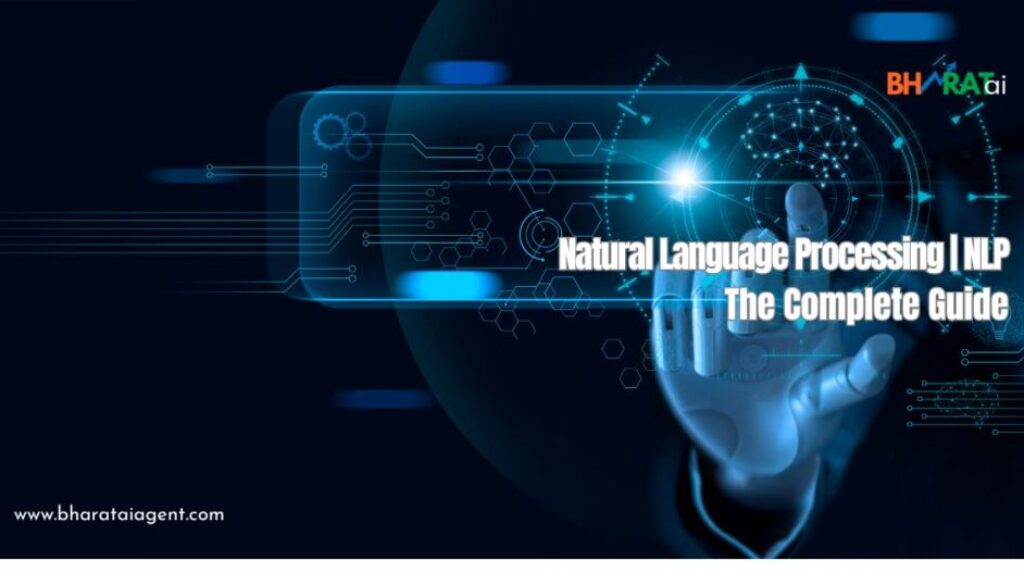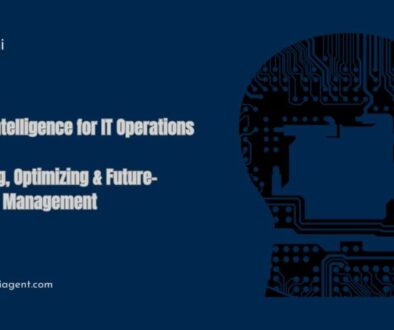Natural Language Processing (NLP) in 2025: A Complete Guide to the Latest Trends & Innovations
Introduction
Natural Language Processing (NLP) has become the cornerstone of AI-powered interactions, enabling machines to understand and generate human language at unprecedented levels of accuracy and sophistication. NLP drives many technologies we use daily—from virtual assistants and automated customer support to advanced language translation, sentiment analysis, and generative AI chatbots.
In this complete guide, you’ll learn clearly and authoritatively about:
-
What Natural Language Processing (NLP) is in 2025
-
Key NLP techniques and concepts
-
Latest NLP advancements & breakthroughs (as of March 2025)
-
Real-world NLP applications across various industries
-
Benefits and challenges associated with NLP today
-
Future predictions and trends in NLP
-
Common questions about NLP answered directly
What is Natural Language Processing (NLP)?
Natural Language Processing (NLP) is a branch of artificial intelligence enabling computers to understand, interpret, generate, and respond to human language in a meaningful way. As of 2025, NLP technology seamlessly processes text, speech, and multimodal data, significantly enhancing human-computer interactions and automating numerous language-driven tasks.
Key NLP Techniques & Concepts (Updated for 2025)
To fully grasp NLP in 2025, familiarize yourself with these core NLP concepts and methodologies:
✅ Transformer Models (e.g., GPT-4 Turbo, Gemini 1.5)
-
Advanced models enabling precise text understanding, generation, and summarization.
-
Widely used for chatbots, virtual assistants, content generation, and machine translation.
✅ Multimodal NLP
-
NLP models that combine language with images, audio, or videos for context-aware responses.
-
Enhancing the capabilities of virtual assistants and immersive experiences.
✅ Sentiment & Emotion Analysis
-
NLP systems accurately detecting emotions and sentiments from text, speech, and video.
-
Essential for customer experience management, brand monitoring, and reputation analysis.
✅ Speech Recognition & Generation
-
High accuracy in converting speech-to-text and text-to-speech, powering seamless voice interactions (e.g., Apple’s Siri, Amazon Alexa).
✅ Natural Language Understanding (NLU) & Natural Language Generation (NLG)
-
NLU: Machines comprehending user intent and context.
-
NLG: Automated generation of coherent, human-like text and responses.
Latest NLP Advancements & Breakthroughs
Recent advancements shaping NLP today include:
-
GPT-4 Turbo & Google Gemini 1.5: State-of-the-art NLP models providing unmatched accuracy in conversational AI and generative content.
-
Real-Time Multilingual Translation: AI instantly translating speech and text across multiple languages, breaking down global communication barriers.
-
Emotion-Aware Conversational AI: NLP models understanding and responding empathetically to human emotions, significantly enhancing user experiences.
-
Zero-Shot & Few-Shot Learning: NLP models effectively performing tasks without extensive pre-training or large datasets.
-
Edge NLP Models: Compact NLP algorithms running on local devices for increased privacy, lower latency, and enhanced security.
Real-World NLP Applications in 2025
NLP is widely adopted across numerous industries:
✅ Customer Service & Chatbots
-
Automated, multilingual customer interactions, providing instant support via websites, WhatsApp, social media, or voice assistants.
✅ Healthcare
-
Virtual health assistants, medical transcription, and AI-driven symptom analysis.
-
Automated processing of medical records and patient communications.
✅ Marketing & Advertising
-
Sentiment analysis of customer feedback, social listening, and personalized marketing automation.
✅ Financial Services
-
AI-powered chatbots for financial advisory, fraud detection through language analytics, and automated compliance documentation.
✅ Education
-
Intelligent tutoring systems and automated assessment tools.
-
Real-time multilingual translation for global classrooms.
Benefits of NLP
NLP provides significant advantages to businesses and individuals:
-
Enhanced Communication: Seamless interactions with machines in natural language.
-
Improved Efficiency: Automation of repetitive language-driven tasks.
-
Real-Time Insights: Immediate analysis of vast volumes of textual data.
-
Personalized Experiences: Context-aware, customized interactions enhancing user satisfaction.
-
Global Accessibility: Overcoming language barriers through accurate, real-time translation.
Challenges & Ethical Concerns in NLP
Despite advances, NLP poses challenges, including:
-
Bias in Language Models: Ensuring fair, unbiased outcomes and preventing discrimination.
-
Data Privacy & Security: Protecting sensitive personal and organizational data.
-
Interpretability & Transparency: Providing clear explanations of NLP-generated outputs.
-
Multilingual & Cultural Nuances: Addressing complexities of cultural context and languages accurately.
Future Trends in NLP
Experts anticipate several exciting NLP trends:
-
Mass Adoption of Multimodal NLP: Deeper integration of text, speech, images, and video.
-
Personalized AI Assistants: Intelligent assistants providing context-rich interactions tailored to individual preferences.
-
Quantum NLP: Leveraging quantum computing to accelerate complex NLP tasks.
-
NLP-Powered Metaverse Experiences: Immersive, language-driven interactions in virtual worlds.
FAQs: Natural Language Processing (NLP)
Q1: What exactly is NLP in simple terms?
Natural Language Processing (NLP) is AI technology enabling computers to understand, interpret, and generate human language, facilitating natural human-machine interactions.
Q2: Why is NLP so important in 2025?
NLP allows seamless human-like interactions with technology, automates language-based tasks, and significantly enhances communication efficiency across sectors.
Q3: How accurate are NLP systems today?
NLP models like GPT-4 Turbo and Gemini 1.5 achieve very high accuracy but require continuous fine-tuning and quality training data to maintain reliability.
Q4: Is NLP affordable for small businesses?
Absolutely. By 2025, NLP solutions are widely available, affordable, and easy to integrate into small business workflows.
Q5: Can NLP accurately translate different languages in real-time?
Yes. Real-time multilingual translation using NLP has become highly accurate and reliable, facilitating effective global communication.
Conclusion
In 2025, Natural Language Processing (NLP) significantly shapes how humans and machines communicate, collaborate, and innovate. Understanding NLP’s current capabilities, practical applications, and future trajectory equips individuals and businesses to harness its transformative power responsibly and effectively.
#NaturalLanguageProcessing #NLP2025 #ConversationalAI #AIChatbots #LanguageAI #GPT4Turbo #MachineLearning #AIInnovation #EmotionAI #FutureTech #MultimodalAI #QuantumNLP
Natural Language Processing 2025
NLP Trends and Innovations
GPT-4 Turbo NLP Model
Multimodal NLP Applications
NLP in Healthcare and Finance
Benefits of NLP technology
NLP ethical considerations
Real-time translation NLP
Emotion detection in NLP
Future of NLP technology
NLP vs Machine Learning
NLP technology examples
Advanced NLP models
Conversational AI benefits
Multilingual NLP capabilities
NLP ethical concerns
NLP applications in business
Quantum computing and NLP
Emotion-aware NLP
AI-driven language translation




